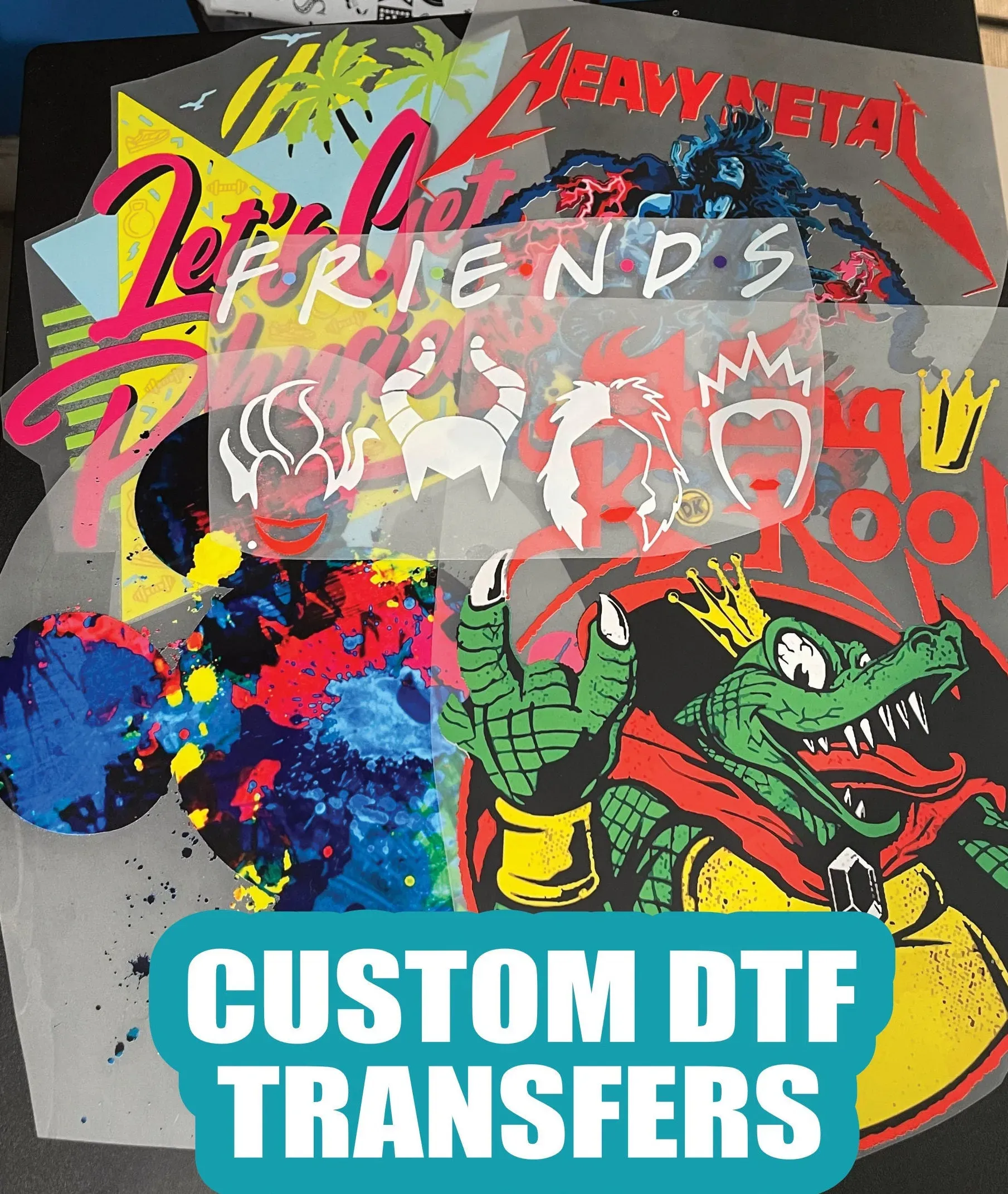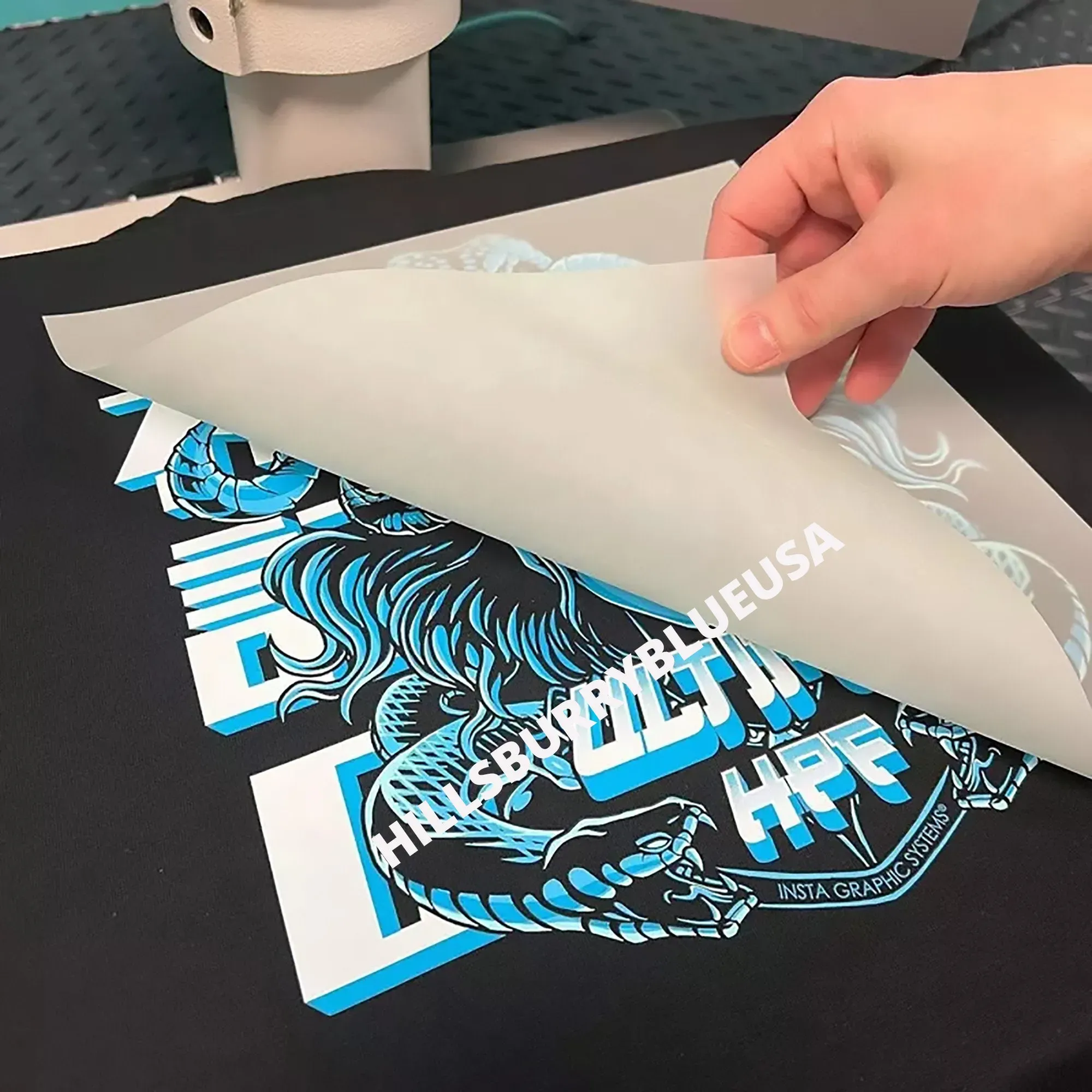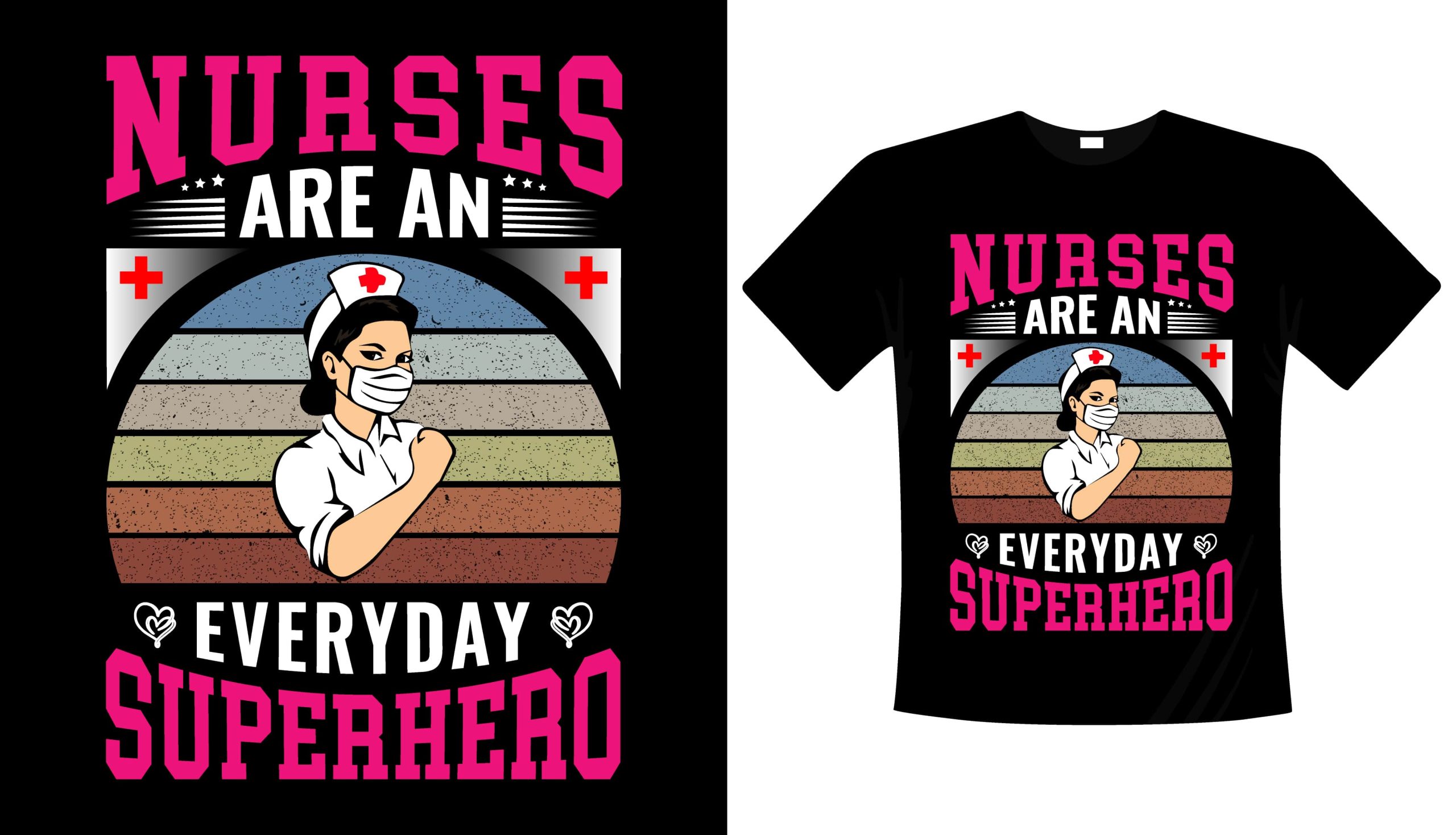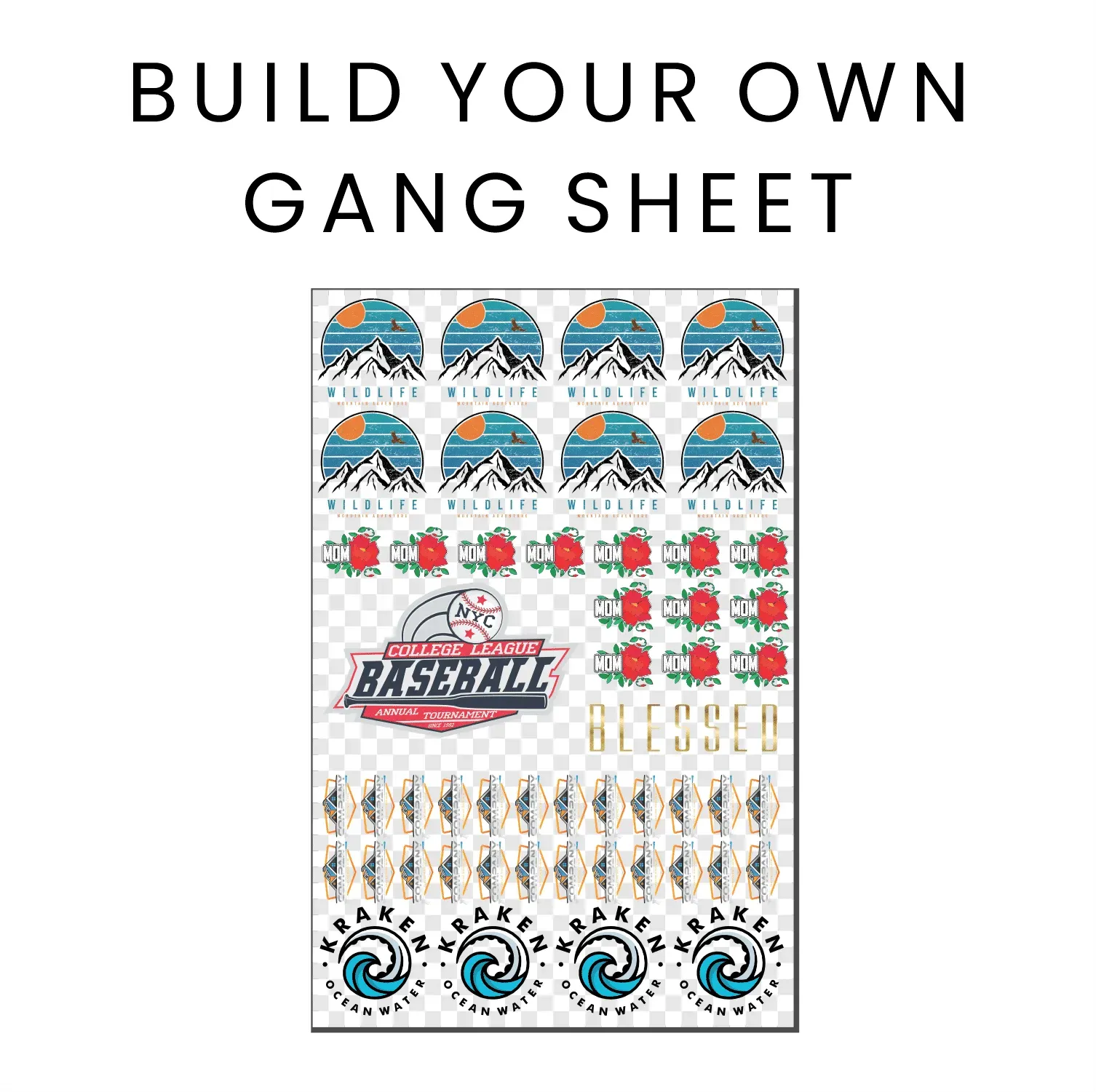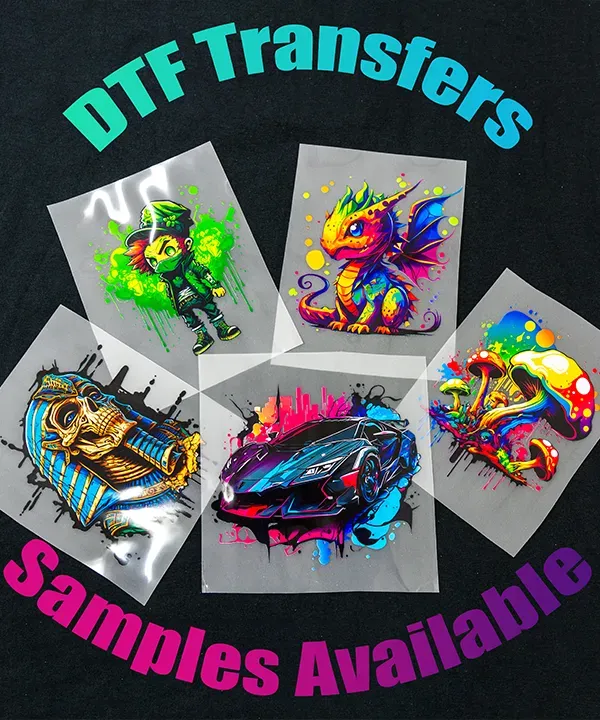DTF Transfers: The Ultimate Guide for Custom T-Shirt Printing
DTF transfers, short for Direct-to-Film transfers, are transforming the landscape of custom t-shirt printing by introducing highly detailed and vibrant prints that cater to the modern consumer’s demand for quality and sustainability. Employing innovative DTF printing technology, this method not only enhances the visibility of designs but also aligns itself with eco-friendly printing practices that reduce waste in apparel production. Unlike traditional printing methods, the DTF transfer process allows for intricate designs on a wide variety of fabrics, making it an adaptable solution for both hobbyists and entrepreneurs. With companies like EazyDTF leading the charge in this technology, understanding the benefits of DTF transfers can empower creators to engage in sustainable practices while producing stunning merchandise. As interest in sustainable apparel production grows, DTF transfers stand as a cutting-edge method that effectively meets the needs of today’s market.
In the realm of custom garment creation, Direct-to-Film printing offers a revolutionary approach that significantly enhances the quality and visual impact of your designs. This modern printing technique utilizes a unique transfer process, allowing high-fidelity images to adhere effortlessly to a range of fabrics, which is ideal for personalized apparel. Furthermore, the eco-conscious aspect of DTF printing aligns perfectly with the growing demand for sustainable fabric solutions, making it a compelling choice for eco-friendly enthusiasts. As we explore the advantages of using Direct-to-Film for custom t-shirt production, it’s essential to recognize how it contrasts with older methods like screen printing and heat transfers. Understanding these various options empowers creators to make informed decisions that not only cater to aesthetic preferences but also promote responsible production practices.
Understanding the DTF Transfer Process
The DTF transfer process begins with a specially designed film that acts as a carrier for the ink. In this procedure, unique designs are printed onto this film using specialized DTF printers. Once printed, a powdered adhesive is applied to the film, which is crucial for its adhesion to the fabric during the heat pressing stage. This innovative method ensures that the designs maintain their vivid colors and intricate details, appealing to both individual crafters and business owners in the custom t-shirt printing market.
Once the film has been prepared with the adhesive, it is crucial to carefully heat press it onto the chosen garment. This step involves setting the right temperature and duration to effectively bond the ink and adhesive to the fabric. The DTF transfer process allows for printing on various fabric types, including cotton and polyester blends, which broadens the range of customizable apparel options available to consumers. For those looking to engage in sustainable apparel production, DTF’s precise printing abilities help minimize waste, as excess ink and material are significantly reduced.
Eco-Friendly Benefits of DTF Transfers
One of the most significant advantages of DTF transfers is their contribution to eco-friendliness in custom t-shirt printing. Unlike traditional methods that often result in considerable waste and environmental impact due to leftover ink and unused materials, DTF printing technology streamlines the process. By using only the necessary amount of ink and materials, this method significantly reduces waste and aligns with sustainable practices that many consumers value today.
Moreover, the eco-friendly printing aspect of DTF transfers is reinforced by the materials used throughout the transfer process. As more brands focus on sustainable apparel production, opting for DTF printing means choosing a method that is not only efficient but also consciously responsible. It’s essential for creators and merchants to consider the environmental implications of their production methods, and DTF transfers provide an ideal solution for those prioritizing sustainability without compromising quality.
Comparing DTF Printing with Traditional Methods
When evaluating DTF printing alongside traditional methods like screen printing and sublimation, several distinctions become evident. While screen printing is renowned for its durability and vibrancy, it often requires substantial setup costs that can deter small businesses. DTF transfers, in contrast, allow for both vivid designs and lower initial investment, making them a more accessible option for newcomers to the world of custom t-shirt printing.
Sublimation is limited to certain fabric types, primarily polyester, which can be a narrow focus for designers. DTF technology, however, allows for an extensive range of fabric compatibility without sacrificing color quality. As a result, DTF transfers stand out as a versatile choice for personalizing different garments, meeting various design objectives, and appealing to a broader audience.
Getting Started with DTF Equipment
To venture into the realm of DTF printing, selecting the right equipment is fundamental. Investing in a reliable DTF printer is crucial; brands such as EazyDTF have gained recognition for their quality printers and user-friendly features. Additionally, obtaining a high-quality heat press is necessary for effectively transferring designs onto garments, ensuring the prints adhere properly and last longer.
Furthermore, when setting up your workspace, consider the materials you’ll need aside from the printer and press, including DTF transfer films, adhesives, and compatible inks. By equipping yourself with quality tools, you create a solid foundation for producing high-quality custom t-shirts that are both visually striking and durable, which is paramount for success in this competitive market.
Innovations Transforming DTF Technology
The landscape of DTF printing has seen significant innovation, primarily driven by new technologies that enhance efficiency and accessibility. Platforms like DTFPrinter.com have emerged, offering creators quick access to high-quality DTF transfers that cater to diverse needs in the custom t-shirt industry. This shift towards streamlined online solutions supports the trend of on-demand printing, allowing for quicker turnaround times.
Moreover, advancements in printing technology have made it easier for businesses to increase their production capabilities. For example, EazyDTF’s investment in new printers allows for faster and more reliable service, thus enabling creators to meet the growing demand for custom apparel without sacrificing quality. As this technology continues to evolve, it will undoubtedly shape the future of custom t-shirt printing and expand opportunities for both hobbyists and entrepreneurs.
Why Choose DTF Transfers for Your Apparel Projects?
Choosing DTF transfers for your apparel projects comes with numerous benefits that align perfectly with the needs of modern consumers and creators. One of the main reasons to opt for DTF printing technology is its ability to produce vibrant and detailed designs that stand out in a crowded market. The quality of prints achieved through DTF transfers is often superior to traditional approaches, reflecting the time and effort invested in their creation.
Additionally, DTF transfers cater to various printing needs, whether you’re launching a small business or working on personal projects. Their versatility across different fabric types opens the door to endless customization possibilities, making DTF a favorable choice for entrepreneurs looking to differentiate their brand. As the demand for unique and personalized apparel continues to rise, DTF transfers stand out as an effective and appealing solution.
Frequently Asked Questions
What are DTF transfers and how do they work in custom t-shirt printing?
DTF transfers, or Direct-to-Film transfers, use a special printing technique where designs are printed onto a film before being transferred to fabric. This method allows for high-quality, detailed prints on various fabric types, making it ideal for custom t-shirt printing.
Why should I choose DTF printing technology over traditional methods?
DTF printing technology offers several advantages over traditional methods, such as vibrant color output, durability against fading, and compatibility with multiple fabric types. Unlike screen printing, DTF requires no extensive setup costs, making it suitable for both small projects and bulk orders.
Is DTF printing eco-friendly and sustainable compared to other printing methods?
Yes, DTF printing is considered eco-friendly due to its precision in printing, which minimizes waste and reduces excess ink usage. By producing less waste than traditional printing methods, DTF technology supports sustainable apparel production.
What equipment do I need to get started with DTF transfers?
To begin using DTF transfers, you’ll need a DTF printer, a heat press, and compatible DTF transfer film. Investing in reliable equipment ensures high-quality custom t-shirt printing results.
Can I print on dark fabrics using DTF technology?
Absolutely! One of the significant benefits of DTF printing technology is its ability to produce vibrant and detailed designs on dark fabrics. This versatility makes it an excellent choice for a variety of custom apparel projects.
What steps should I follow in the DTF transfer process for optimal results?
The DTF transfer process involves several key steps: 1) choose your equipment, 2) select the right DTF film, 3) create your design, 4) print on film with a powdered adhesive, and 5) use a heat press to transfer the design onto your custom t-shirt.
| Key Point | Details |
|---|---|
| Introduction to DTF Transfers | Emerging printing method for vibrant and sustainable custom t-shirt designs. |
| What are DTF Transfers? | Direct-to-Film (DTF) involves transferring images onto garments using a special film for high-quality prints. |
| Advantages of DTF Printing | Eco-friendly, minimizes waste, offers color vibrancy and durability. |
| DTF vs. Other Printing Methods | Bridges gaps of sublimation (limited fabric focus) and screen printing (high setup costs). |
| Getting Started | Essential steps include selecting equipment, materials, designing, printing, and applying. |
| Innovations in DTF Printing | Accessibility expanded by platforms like DTFPrinter.com and improvements by companies like EazyDTF. |
Summary
DTF transfers are reshaping the landscape of custom t-shirt printing, redefining possibilities for both crafters and businesses. With their eco-friendly characteristics and striking print quality, DTF transfers offer a superior alternative to traditional methods. They empower users to create intricate designs on a variety of fabrics, ensuring sustainability without compromising on aesthetic appeal. As technology advances, the accessibility and efficiency of DTF printing continue to rise, making it an essential choice for those looking to innovate in the custom apparel space. Embracing DTF transfers opens up a world of opportunities for high-quality, personalized merchandise, positioning creators well within the contemporary market.

